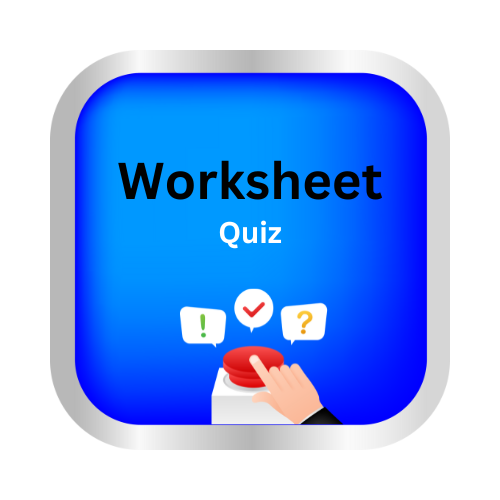Circulatory System
Key Notes :
1. What is the Circulatory System?
- The circulatory system is a network of blood vessels and organs that transport blood, nutrients, gases (like oxygen and carbon dioxide), and waste products throughout the body.
- It consists of the heart, blood vessels, and blood.
2. Main Parts of the Circulatory System:
- Heart: A muscular organ that pumps blood throughout the body.
- Left side: Pumps oxygenated blood to the body.
- Right side: Pumps deoxygenated blood to the lungs.
- Blood Vessels: Tubes that carry blood throughout the body.
- Arteries: Carry oxygenated blood away from the heart to the body (except the pulmonary artery).
- Veins: Carry deoxygenated blood back to the heart (except the pulmonary vein).
- Capillaries: Tiny blood vessels that connect arteries and veins, allowing exchange of gases, nutrients, and waste.
- Blood: Fluid that carries nutrients, oxygen, and waste products.
- Red Blood Cells (RBCs): Carry oxygen from the lungs to the body and return carbon dioxide from the body to the lungs.
- White Blood Cells (WBCs): Help fight infections and diseases.
- Platelets: Help in blood clotting to prevent excessive bleeding.
- Plasma: The liquid component of blood, transporting nutrients, hormones, and waste products.
3. Function of the Circulatory System:
- Transportation: Delivers oxygen and nutrients to cells and removes waste products like carbon dioxide and urea.
- Temperature Regulation: Helps maintain body temperature by distributing heat throughout the body.
- Protection: Blood carries immune cells that protect the body from infections and diseases.
- Hormone Transport: Blood carries hormones from glands to target organs for regulation of bodily functions.
4. How the Heart Works:
- The heart has four chambers: two atria (upper chambers) and two ventricles (lower chambers).
- Deoxygenated blood flows from the body into the right atrium, through the right ventricle, and is pumped to the lungs for oxygenation.
- Oxygenated blood returns from the lungs to the left atrium, flows into the left ventricle, and is pumped to the rest of the body.
5. Blood Circulation Pathways:
- Systemic Circulation: Movement of oxygenated blood from the heart to the body and back to the heart with deoxygenated blood.
- Pulmonary Circulation: Movement of deoxygenated blood from the heart to the lungs and back, where it is oxygenated.
6. Circulatory System and Health:
- Healthy Lifestyle: Regular exercise, balanced diet, and avoiding smoking help maintain a healthy circulatory system.
- Common Diseases:
- Atherosclerosis: Build-up of plaque in arteries, reducing blood flow.
- Hypertension: High blood pressure can damage blood vessels and the heart.
- Heart Attack: Occurs when blood flow to a part of the heart is blocked.
7. Fun Fact:
- The human circulatory system, if laid out end to end, would stretch for about 100,000 kilometers!
Let’s practice!

